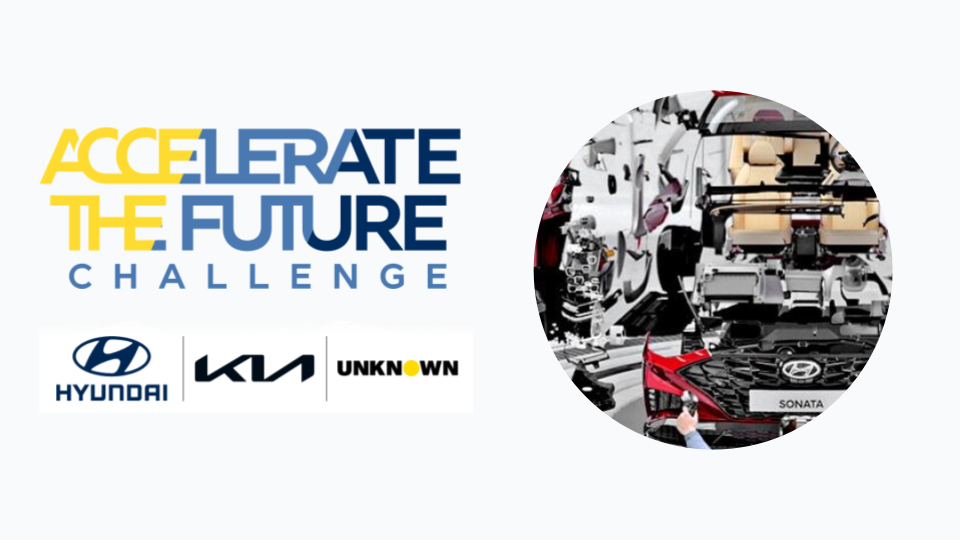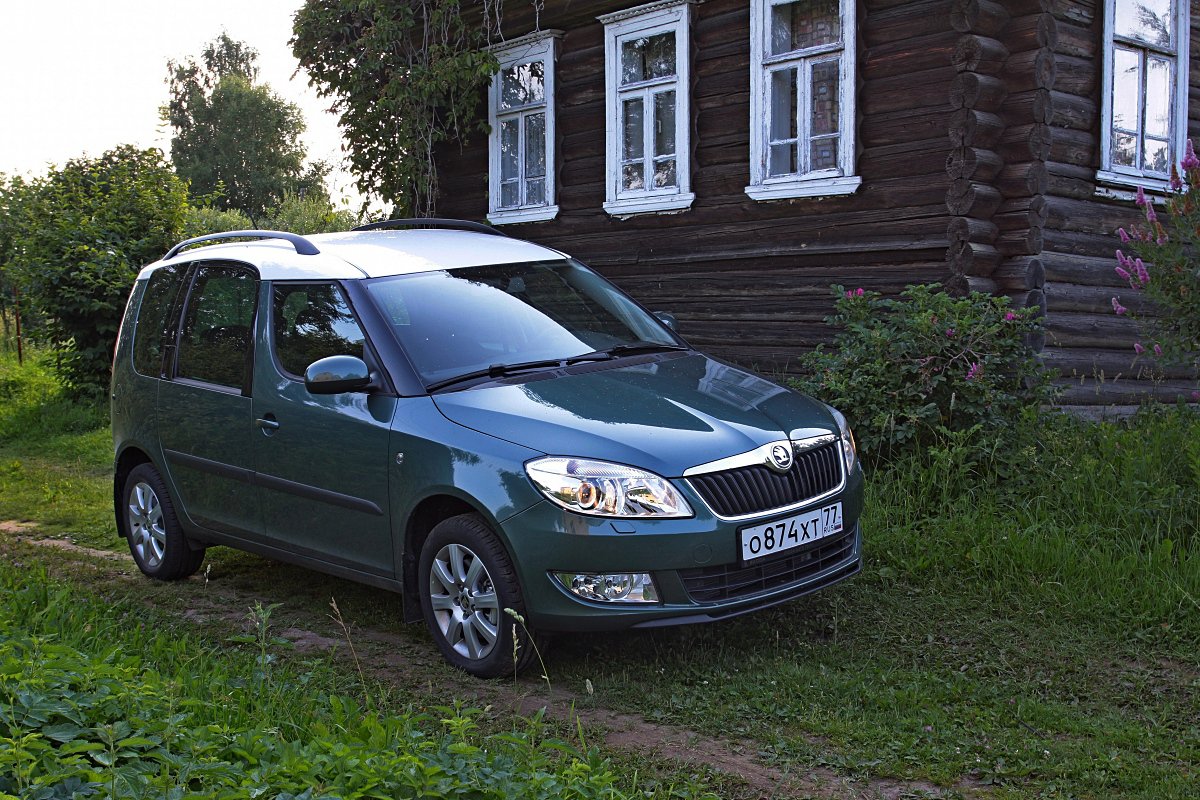
Hyundai New Possibilities Challenge - trio of new products
Hyundai is developing against the general market trends. A significant improvement in quality and the acquisition of an individual, attractive style allows you to gain more and more followers. The Korean brand is just throwing in three new models to conquer our wallets.
The first Hyundais appeared in Europe in 1977, but over the years they have developed a perception of cars that combine the same quality with a low price. However, in recent years, Hyundai has quickly begun to catch up with established manufacturers. The cars of the new model range were distinguished by their new, high quality. Changes in the model range and the start of car production in Europe in 2008 accelerated the brand's advance. In May of this year, Hyundai sold 6443 22,4 cars in Poland, that is, sales of this brand in our country amounted to 3,7 percent. higher than in the same month last year, while the entire Polish market shrank by 9 percent. In Europe, Hyundai sales increased by one percent.
Three new models of this brand are entering the Polish market, which we had the opportunity to drive around the airport in Ulenzh. All three are characterized by light silhouettes, the sharp lines of which give not so much dynamic as even aggressive expression, interesting headlights with LED daytime running lights and a five-year warranty.
Universal for a businessman
Let's start with what's new in the upper middle class. Hyundai's lineup lacked a good D-segment vehicle. The new model will help increase the brand's share of the fleet segment from 35 percent to 45 percent.
The body of the car has pleasant proportions, slightly masking the spacious interior. Inside, there's a modern instrument panel with bold lines, a spacious rear that can accommodate even tall passengers, and a 553-litre luggage compartment that can be ordered with an Audi-like system of sliding barriers separating luggage. separation into smaller areas, which prevents smaller luggage from shifting.
Hyundai i40 Estate offers four engine versions. Two petrol units have GDI direct fuel injection. This is a 1,6-liter engine with 135 hp. and a two-liter unit with a capacity of 177 hp. There is also a 1,7-liter turbodiesel available in two power options: 115 hp. and 136 hp The smaller petrol engine is the base unit of the range, offered in the initial version at a price of PLN 84. The standard equipment of this car includes: 900 airbags, manual air conditioning and electronic stabilization and traction control systems. Options include, for example, heated reclining rear seats, heated steering wheel, automatic windshield defrost, automatic track hold system.
Hyundai hopes this vehicle will put it in the top five best-selling vehicles in the segment.
Sedan pretending to be a coupe
Another novelty is the Elantra compact sedan. The four and a half meter case has a width of more than one and a half meters. It can accommodate 5 people (comfortably 4), whose luggage will fit in the 485 liter luggage compartment.
Only one version of the engine is planned - a 1,6 GDI unit with a capacity of 132 hp. The basic version of the equipment includes, among other things, 6 airbags, manual air conditioning and electronic traction control and stabilization systems.
The strongly rounded roof of this model gives it the appearance of a coupe. In fact, the car also looks good from behind the wheel. I rode it better than the latest Veloster introduced.
Coupe pretending to be a hatchback
This is a very unusual model. The body strongly resembles a coupe - it is compact and slender. At least when viewed from the left side. On the right, the pattern of the doors is slightly different, because on this side the car has an additional rear door, which makes it easier to access the rear seat. As befits the spirit of a coupe, the tailgate handle is hidden in the window frame. In general, it is difficult for me to decide whether this is a whim or a need. The double rear seat is, of course, easier to get into, but with such an arrangement, why was it harmful to use the same solution on the other side? Surely, by using the rear doors on only one side, Hyundai has achieved one thing - the Veloster is a unique car, and this is already a considerable value in the modern world of individuality seekers.
The car is also equipped with a 1,6 GDI engine, but with a power of 140 hp, the basic version is equipped with 6 airbags, electronic air conditioning with an air filter, electronic stabilization and traction control systems, electric control and heated mirrors with turn signals. in the hull. Prices start from PLN 83.
family goes in for sports
The slight difference in power between the two cars means the Elantra, which is 70kg lighter and heavier, hits 100 mph in 10,7 seconds, while the Veloster is one second faster. The Elantra burns an average of 6,4 l / 100 km, and the Veloster is 0.3 l less.
I made my first ride in a Veloster. I liked the car's handling on the highway, but then I got into the Elantra and this family sedan ate all the fun of the coupe. I liked it better while driving. It seemed more agile, more accurate, and I got the impression that it was also more dynamic.
The trio presented at Ulenge seems to give Hyundai good prospects, especially since their advantages are enhanced by Triple Care, that is, a five-year warranty system, five-year assistance and an equally long free technical condition inspection.

